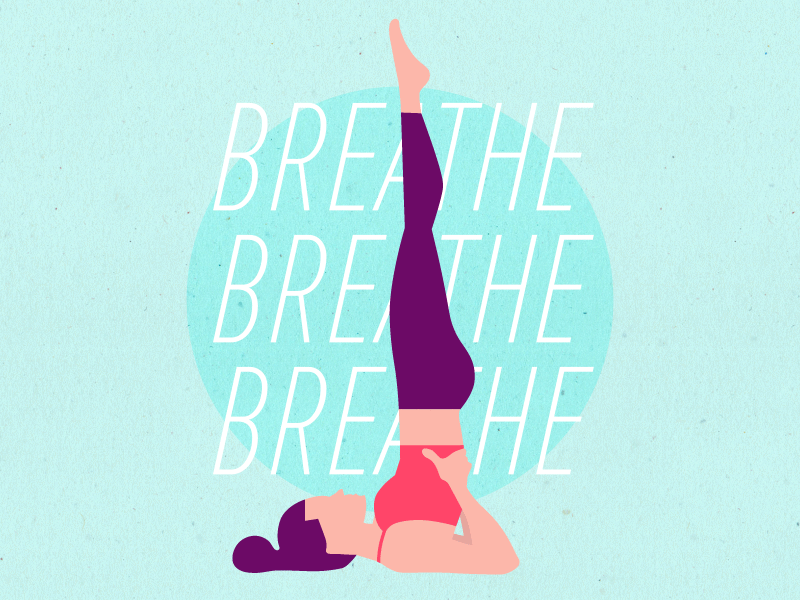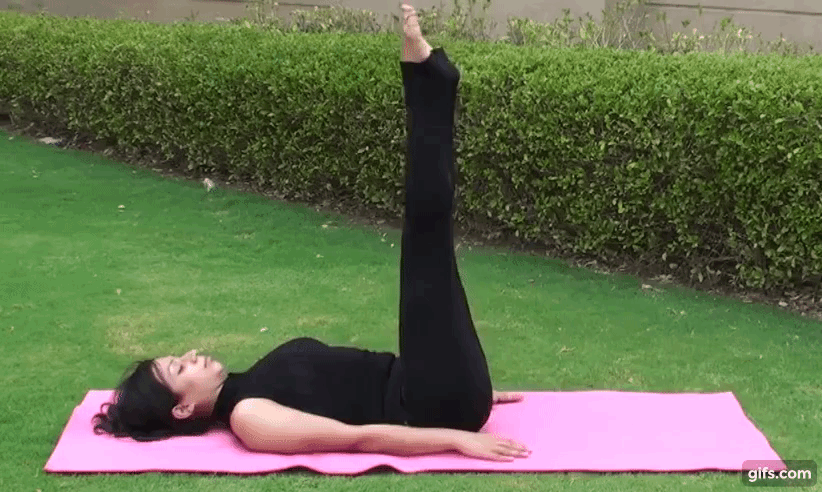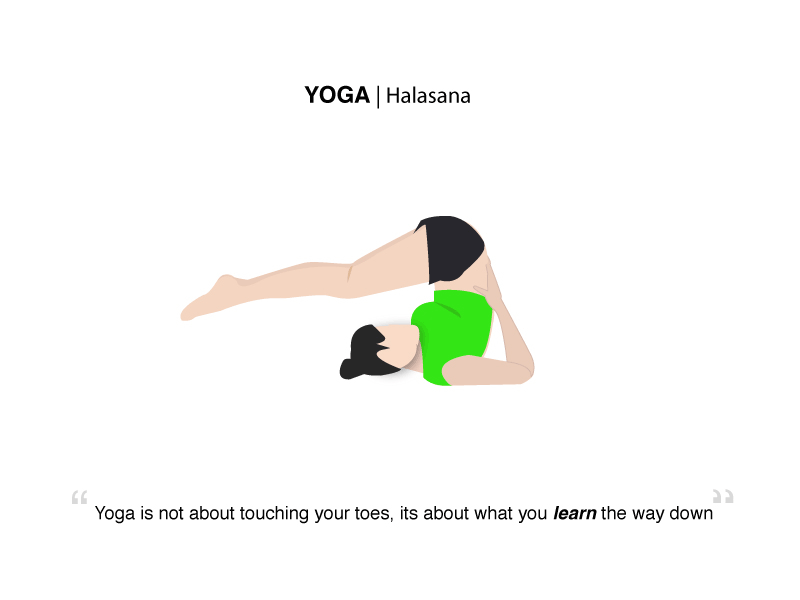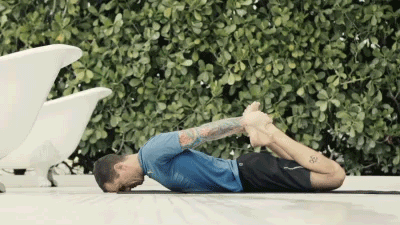India is the country of yogis and the source of yoga. Since the end of the 19th century, yoga has received international approval as a pioneering instrument for health and wellness. Medical specialists have advocated postural yoga, asanas, and pranayama to alleviate medical ailments. Lets find out does yoga for thyroid works?
For example, thyroid disorders have been proven to improve when particular yogasanas are performed. We try to shed light on the health advantages of various asanas that can aid with thyroid issues.
Related Post- Effective Poses of Yoga for Glowing Skin
How Can Yoga Assist in Thyroid Function Improvement?
Thyroid disease is an endocrine illness that manifests as either hyperthyroidism or hypothyroidism due to excess or insufficient thyroid hormone production.
When these hormones aren’t created in the right amounts, they negatively impact our metabolism. Some of the symptoms include regular tiredness, weight gain or loss, changes in heart rate, and neck swelling. In addition, there is a recognized link between thyroid illness aggravation, stress, and anxiety.
Thyroid function can be improved by yoga since it reduces stress levels. To control hormone release, yoga asanas involve a lot of twisting, compression, and stretching.
Poses for Healthy Lifestyle- Yoga for Thyroid
While thyroid yoga is excellent supplementary therapy, you should respect your body’s limitations, begin with simple positions, and adapt the functions to your needs. Below is a list of yoga asanas known to aid with the troubles of the thyroid.
Related Post- Effective Yoga Poses for Acid Reflux
1. Sarvangasana
This asana requires assistance from the shoulder to be upside down. The reversal in this asana contributes to a direct blood flow to your throat. It is good yoga for difficulties with the hypothyroid.

How to Do
- Start it by lying on your back.
- Use a towel to support your shoulders and pull your shoulders up to the precipice of the towel when you are lying on the mat with your head resting on it.
- Place both arms, palms facing down, on either side of your shoulder.
- Your arms and your back should be firmly pressed onto the floor. While inhaling, lift your legs to your chest and relax. Then turn it 90 degrees from the ground.
- When you’re ready, lift your legs, pressing on the shoulders and exhaling as you do so.
- Assist your hips by pressing your hands into the lower back.
- Keep your stomach in by drawing it inward.
- The legs and the body should be in a straight line, and the head should be tucked against your chest.
- Before lowering your legs back down, take a deep breath in and out for three counts.
- Maintain a firm core throughout.
Note: If practised incorrectly, Sarvangasana might cause neck injury. Graves’ disease sufferers should stay away from it. Those with hyperthyroidism should avoid this asana since it can boost thyroid function
2. Viparita Karani
Another form of inverted stance is this one. Viparita Karani improves blood flow to the thyroid glands, which helps to relieve hypothyroidism. It also helps with hypothyroidism symptoms by reviving the mind, reducing exhaustion, and curing insomnia.

Related Post- Effective Yoga Poses for Belly Fat
How to Do
- Lie on your back with your elbows firmly planted on the ground.
- Lift your legs slowly while support your hips using your hands.
- Draw your shoulder blades inwards.
- Maintain a straight line between your neck and the ground by stretching it.
- If you need more assistance, place your leg against a wall and hold it there for 5 minutes.
Note: This pose is not beneficial for hyperthyroidism and should be avoided by people with excess thyroid hormone release.
3. Halasana– Yoga for Thyroid
In yoga, the plow stance is known as Halasana. Strengthening back muscles, toning stomach glands and calming down your mental system assists in activating the butterfly gland.

How to Do
- Keep your head, knees, palms, and elbows firmly on the floor as you lie on the mat.
- Raise your legs till they are parallel to the floor.
- Push your legs behind your head toward the floor until they touch it.
- Breathe deeply and hold this stance for a minute.
- Press your hands against them while elevating the body with the elbows to provide further support.
Note: Those affected by Hashimoto’s auto-immune illness should not perform Halasana.
Related Post- Effective Yoga Poses for High Blood Pressure
4. Matsyasana
It helps to arch the back so that more blood may reach the thyroid glands. In addition, stretching the throat and neck helps manage hypothyroidism. It also enhances the health of the spine.

How to Do
- Lay on the floor in a cross-legged pose, called padmasana.
- While in padmasana, arch your upper body backwards.
- Use your elbows to support your body’s weight. Put your hands firmly on the ground.
- While breathing steadily, hold this pose for the maximum amount of time that you can.
Note: When performing Matsyasana shortly after Sarvangasana, the benefits will be maximized. Do not practice it if you have high blood pressure or spondylitis or if you have a migraine. Besides, Yoga could help in High Blood pressure as well.
5. Dhanurasana
Often known as the bow posture, aids by massaging the thyroid glands. Hypothyroidism can be treated by increasing hormone production. In addition, this asana helps relieve menstruation discomfort, strengthen the back, and alleviate anxiety.

Related Post- Does Surya Namaskar Helps In Weight Loss?
How to Do
- Keep your back straight while lying on your stomach.
- It’s essential to lift your legs and bend them towards your buttocks.
- Extend your hands backwards until your feet are in your reach, and then grab them.
- Your legs should support your upper body as you raise it.
- At this point, you should resemble a stringed bow.
- Hold this position for five minutes.
Note: Hernia sufferers should avoid this asana. The pose is also not recommended for pregnant ladies.
Final Words– Yoga for Thyroid
Varieties of yoga asanas stimulate the thyroid gland to release thyroxin. Thyroxin is essential to maintaining a healthy metabolism. Accordingly, yoga asanas are a more gentle form of exercise for optimum health. Any yoga practise should be preceded by a consultation with a physician.